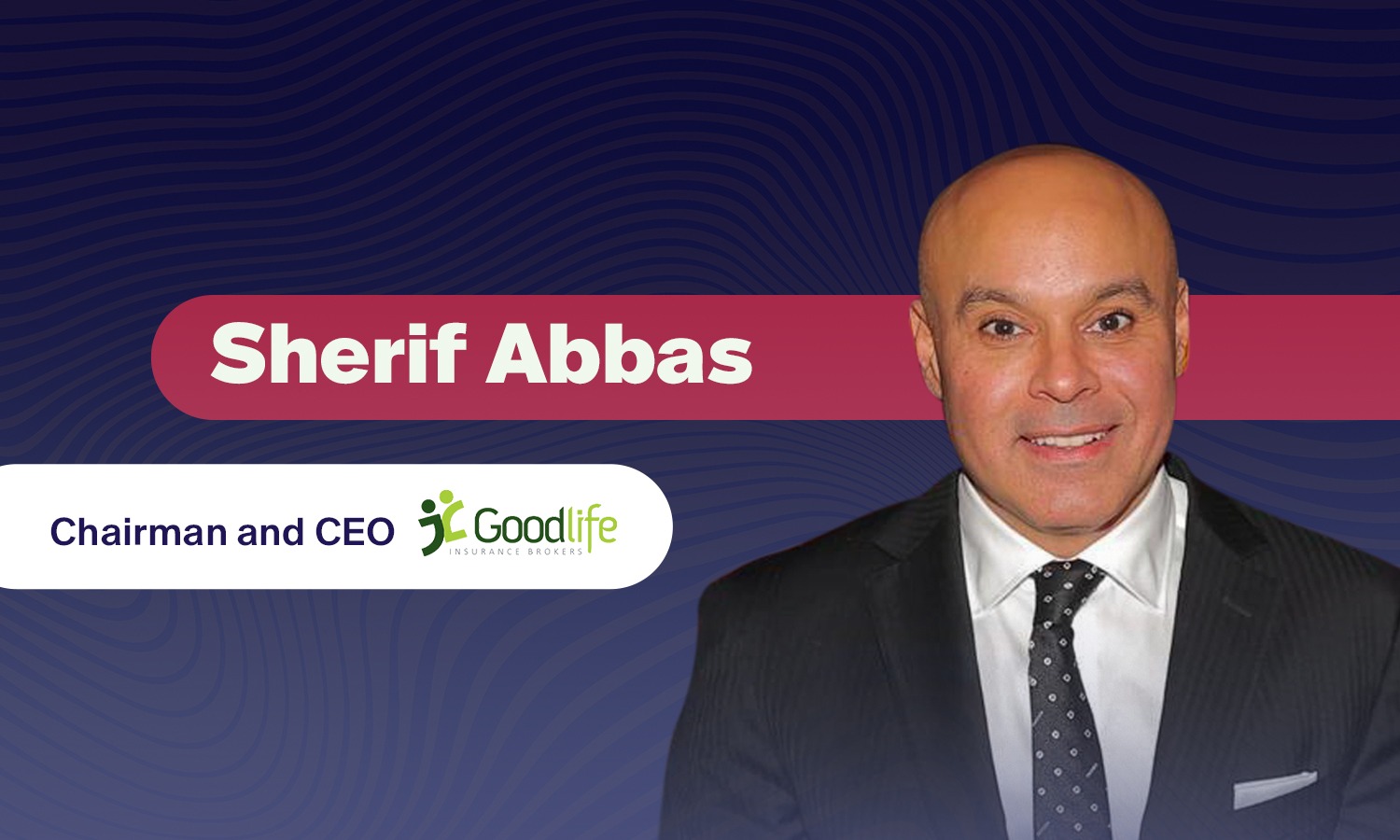Seeking Balance: Reforming Thanawya Amma for Workforce Reality
Updated 8/3/2025 9:00:00 AM
Thanawya Amma, Egypt’s general secondary education certificate, is a critical milestone for young Egyptians, often shaping their academic and professional futures.
Traditionally viewed as the main gateway to university and conventional professions, this certificate has long influenced the direction of Egypt’s workforce. However, the job market rapidly evolves, as technology advances and economies shift. Hence, questions are being raised about whether the Thanawya Amma’s current structure is still relevant.
With an urgent need to bridge the gap between education and emerging career demands, momentum to reform this system is growing. Therefore, the system needs to expand its focus beyond traditional employment and embrace self-employment, entrepreneurship, and future-focused work skills.
Thanawya Amma's Influence on Career Trajectories
In the fourth quarter (Q4) of 2024, the labor force included 38.4% with intermediate technical and general secondary education, 4.2% with above intermediate but below university education, and 21.9% with university and post-university education. These data are according to the Central Agency for Public Mobilization and Statistics’ (CAPMAS) June 2025 Labor Force Quarterly Bulletin.
Despite these figures, the traditional structure of Thanawya Amma often funnels students towards conventional career paths, potentially overlooking the growing importance of entrepreneurial skills.
Marwa Omar, Assistant Professor of Economics at Helwan University, explains: “Historically, Thanawya Amma has prepared students for university, directing them toward government or corporate careers.”
“According to the 2025 Future Job Report, about 65% of graduates pursue higher education in traditional fields like engineering, medicine, and business administration. However, this emphasis often stifles entrepreneurial potential, as only 15% of students report receiving training in essential entrepreneurial skills,” she adds. This traditional focus raises questions about the curriculum's alignment with the demands of a dynamic job market.
Meanwhile, Mohamed Refaat, Senior HR manager at Innovare for Educational Technology Middle East, tells Arab Finance: “I question the relevance of subjects covered under Thanawya Amma, which determine university placement, to the actual knowledge, skills, and abilities required in specific scientific fields.”
“For instance, a student who excels in science might struggle with memorizing literature subjects like Arabic or English poetry. Losing grades in these areas unfairly impacts their overall score. This system should not dictate their eligibility for scientific colleges.”
Workforce Reskilling and Education in Egypt
The need for workforce reskilling in Egypt is undeniably paramount. Omar emphasizes, “Egypt ranks first among 55 countries in the need to reskill its workforce, with an estimated 48% of workforce skills expected to change over the next five years.”
This pressing demand is further substantiated by the World Economic Forum's 2024 Future of Jobs Report, which outlines general skill improvement priorities from the perspective employers in Egypt.
The report indicates significant gaps, with 72% of employers prioritizing technological literacy, 48% analytical thinking, 46% leadership and entrepreneurial skills, and 45% AI and big data for improvement. These figures highlight the critical need for Egypt to align its workforce to the evolving demands of the global economy.
This need for adaptation is compounded by the current state of the education system. As Omar explains, “An education system prioritizing traditional jobs can lead to stagnation and an imbalance between skills and market needs. This gap contributed to a youth unemployment rates of 30% in 2023. Thus, encouraging self-employment could support economic resilience, particularly during downturns.”
Adding to this challenge, Lamia Nabil, an HR Manager, points out a significant cultural barrier. “Egypt needs more trained technicians to close the gap in the labor market, but honestly, due to our tradition, Egyptian families do not encourage technical education, as it is still viewed as lower in social class.”
To address these systemic issues and foster a more dynamic workforce, reforming the Thanawya Amma system is crucial. Omar suggests a clear path forward. “Integrating vocational training and entrepreneurship programs into Thanawya Amma could equip students with practical skills and the confidence to start businesses,” he says.
“Evidence shows that countries investing in such pathways experience an increase in entrepreneurial activity. Consequently, introducing entrepreneurship education at the secondary level can foster an entrepreneurial mindset among graduates,” Omar notes.
Furthermore, the future demands new specializations, as Nabil illustrates: “AI will have a huge impact on the labor market. So, Egypt should have more colleges that specialize in AI education to supply the market with experienced labor.”
In response to these shifting demands, the C-suite plays a vital role in bridging the gap between education and industry. Refaat sheds light on their approach to internships and investing in fresh graduates: “We do not always create internships strictly based on a graduate's specific degree, except for fields like engineering.”
“For areas such as IT and networking, we prioritize candidates who demonstrate a genuine interest in IT, programming, or graphic design, regardless of their major. We also offer internships tailored to the talents, capabilities, creativity, and innovation of graduates from diverse backgrounds like business administration, arts, or languages,” Refaat elaborates.
To further empower students in navigating their educational and career journeys, strategic guidance is essential. Omar explains that the International Labor Market Observatory plays a crucial role in aligning educational programs with market demands, guiding career choices, and building stronger partnerships between academic institutions and the private sector.
She also adds, “Recent initiatives, such as free assessments launched by the Ministry of Education, aim to guide students toward suitable educational pathways. These assessments enhance academic and career guidance in Egypt. They also help students make the best choices regarding schools and colleges.”
Thanawya Amma remains a foundational pillar in shaping Egypt’s future workforce. Yet, its traditional framework is increasingly misaligned with the demands of a fast-changing labor market.
As the nation faces significant shifts driven by technology, globalization, and economic transformation, reforming this secondary education system is not just a priority, it is necessity.
By integrating vocational training, entrepreneurial education, and emerging fields like AI, Egypt can better prepare its youth with the skills and mindset needed for both self-employment and innovative careers.
By Sarah Samir
Related News









